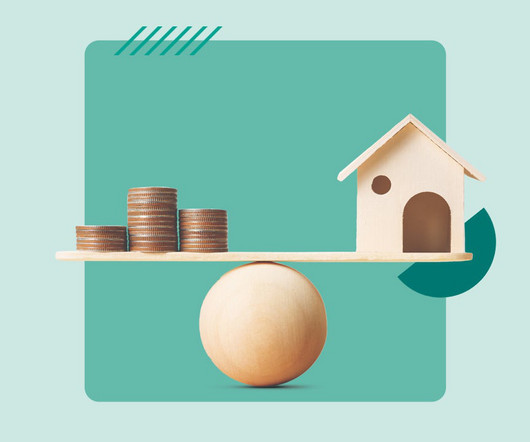Cash-Out Refinancing: How It Works, When To Do It
Savings Corner
APRIL 4, 2024
Christina Zelow Lundquist/ Getty Images; Illustration by Austin Courregé/Bankrate Key takeaways Cash-out refinancing allows you to turn equity into cash through refinancing your mortgage. The terms of your refinanced mortgage might significantly differ from your original loan, including a new rate or longer or shorter loan term.












Let's personalize your content